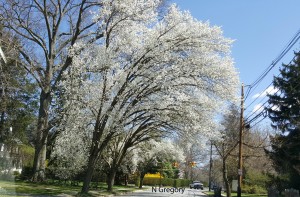Pest and Beneficial Insect Walks, $15 Wednesday, June 14, 4-6 pm, Sussex County Extension Office, 16483 County Seat Highway, Georgetown OR Wednesday, June 21, 4-6 pm, University of Delaware Botanic Gardens, 531 S College Avenue, Newark. Meet at the entrance to Fischer Greenhouse. Learn to identify insect and disease pests, as well as beneficial insects in the landscape at either the Sussex County Extension Office or the University of Delaware Botanic Gardens. Instructors: Nancy Gregory, Brian Kunkel, Carrie Murphy, and Tracy Wootten 2 pest., 2 ISA, and 1 CNP credits
Disease and Insect Identification Workshop, $15 Wednesday, July 19, 4-6 pm, Townsend Hall, 531 South College Avenue, Newark, Room 012 Townsend Hall. Learn what signs and symptoms the Extension Specialists use to identify pests and diseases! Tips and techniques will be shared. Fresh and preserved specimens will be available to look at using hand lenses and microscopes. Instructors: Nancy Gregory and Brian Kunkel 2 pest., 2 ISA, and 1 CNP credits
New Castle County Short Courses
Please check workshop description for meeting location. Register with Carrie Murphy (302) 831-2506 or cjmurphy@udel.edu for the following short courses.
Pest and Beneficial Insect Walk-June 21-$15
Disease and Insect ID-July 19-$15








